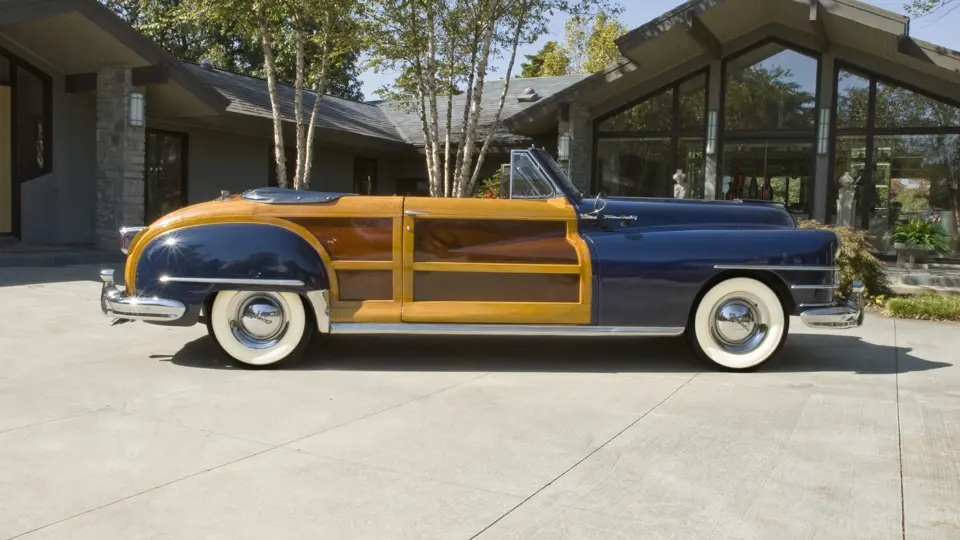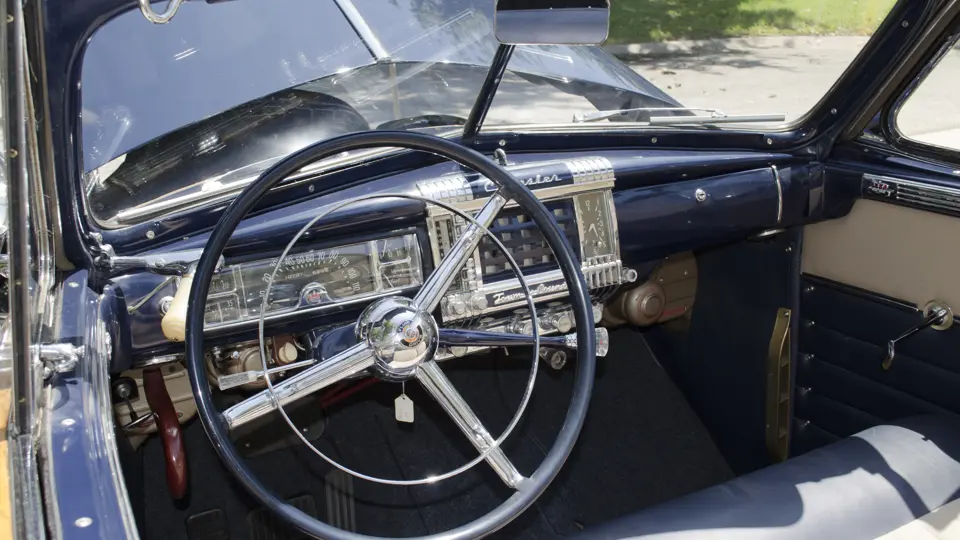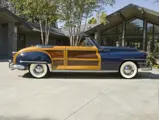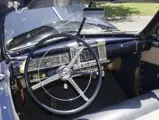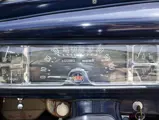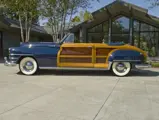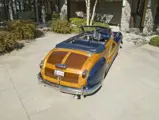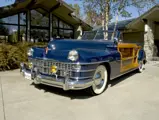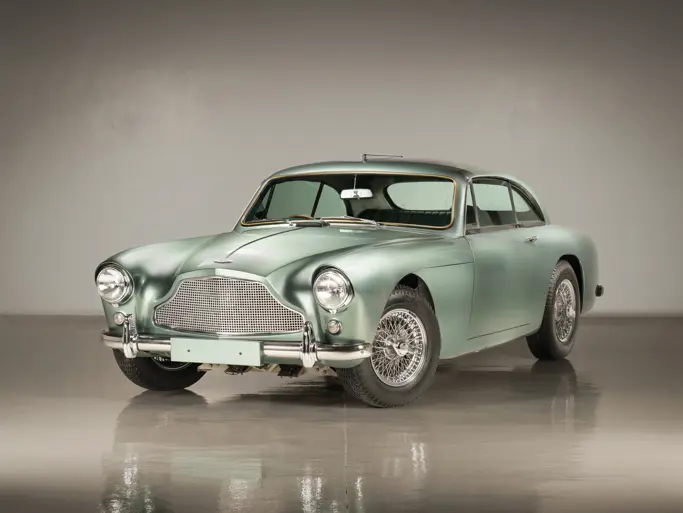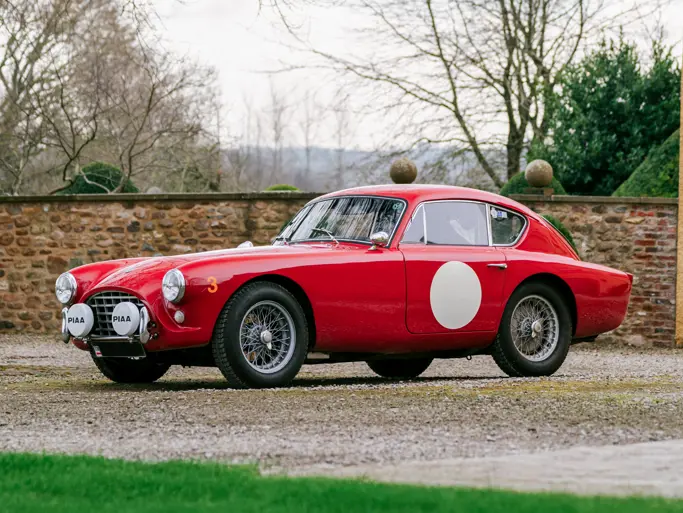Model C-39. 135 bhp, 323.5 cu. in. L-head eight-cylinder engine, Fluid Drive with Prestomatic four-speed semi-automatic transmission, independent coil spring front suspension, live rear axle with semi-elliptic leaf springs, and four-wheel hydraulic drum brakes. Wheelbase: 127.5"
• From the Karl Blade Collection
• Wood recently refinished; mechanically and cosmetically correct
The first Chrysler Town & Country was a wood-bodied, barrel-back sedan in the 1941 six-cylinder Royal line. In contrast to most wood-bodied utility vehicles, Chrysler’s Town & Country had lavishly-varnished wood inside and quality upholstery. Chrysler Corporation General Manager David Wallace believed that an upscale production-based automobile would attract wealthy buyers to Chrysler showrooms. He desired a sophisticated automobile, one elegant enough for city and chauffeur driving yet sufficiently utilitarian for country living. Wallace envisioned a wood-bodied car with the same basic lines as contemporary Chrysler steel-bodied sedans, yet with greater refinement, quality and panache. The cars were constructed in the manner of prewar station wagons, using structural wood of white ash with contrasting panels of rich Honduran mahogany. The wooden parts were supplied by Pekin Wood Products of Helena, Arkansas and were shipped to Chrysler’s Jefferson Street Plant in Detroit for final assembly.
The response was such that an expanded range of five body styles was planned for 1946 after the war. The sedan-wagon was eliminated, but a brochure was published for two- and four-door sedans, a three-passenger roadster and both hardtop and soft-top convertibles. In the end, only the four-door and the soft-top made it to production. Production sedans were Windsor sixes, while convertibles were in the eight-cylinder New Yorker line.
Built on the New Yorker’s 127.5-inch wheelbase, the convertible was longer than the sedan. It also had all the New Yorker standard equipment: five-main-bearing 135 bhp straight-eight engine, Prestomatic Fluid Drive transmission and an electric clock. Annual production totals were not recorded, but for the 1946 through 1948 model years, 8,368 New Yorker Town & Country convertibles were built.
The new-design second-series 1949 line dropped the Town & Country sedan, and for 1950 the model retreated to an eight-cylinder hardtop coupe with painted metal insert panels. Thereafter, the name “Town & Country” graced a long succession of Chrysler steel-bodied station wagons and minivans.
The beautiful wood paneling and trim of this Town & Country convertible have recently received expert refinishing by David Henderson of Classic Woodworks in Morro Bay, California, bringing the car to its current high standard. Since acquisition by the Karl Blade Collection in 2006, it has required virtually no mechanical or cosmetic restoration beyond the wood refinishing mentioned. We are told it rides and drives as well as it looks.
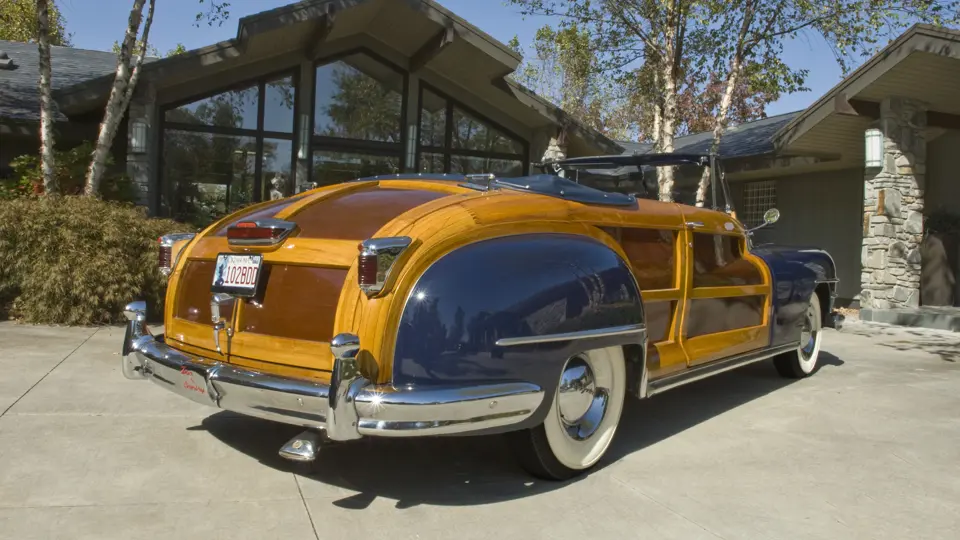
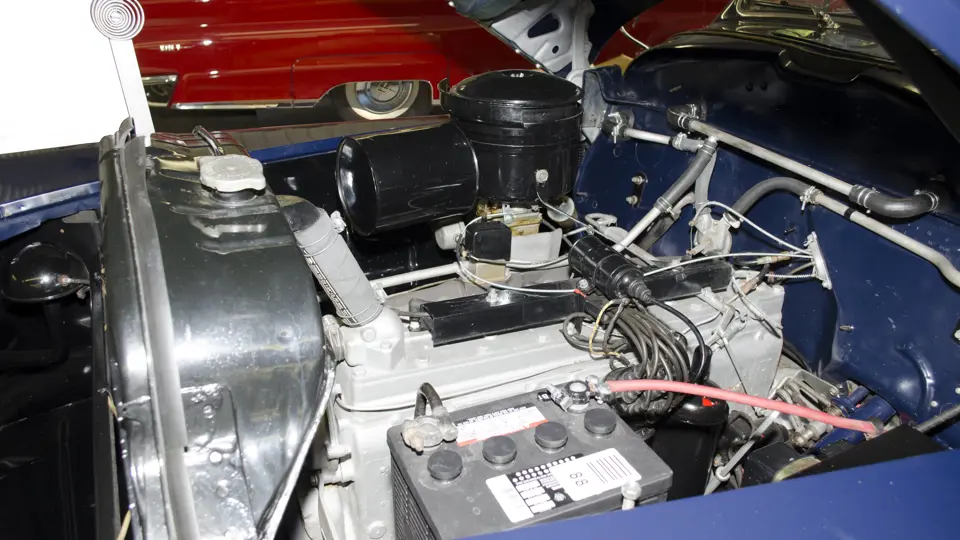
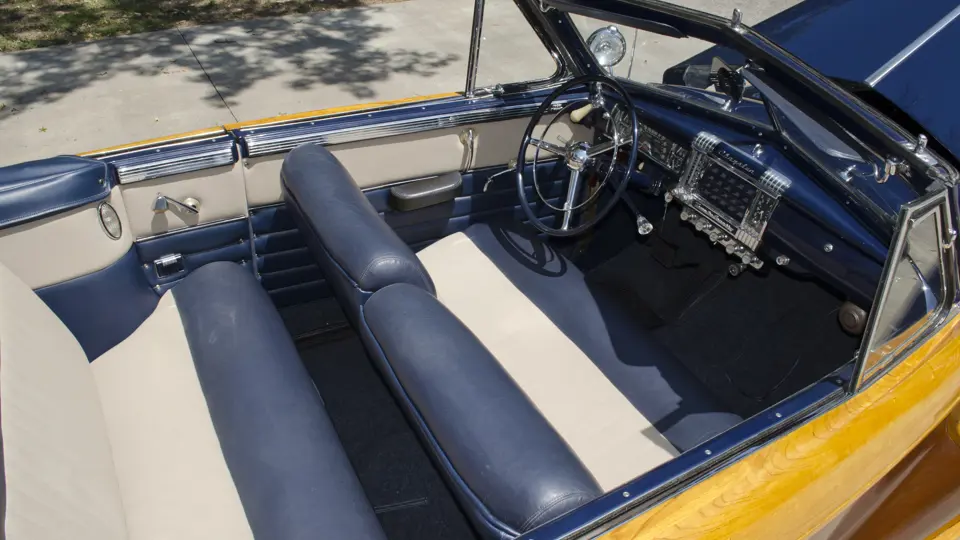

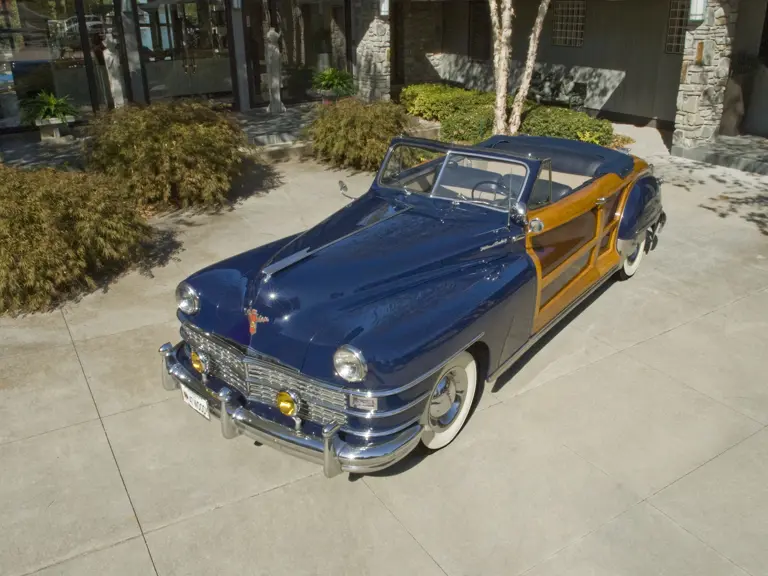
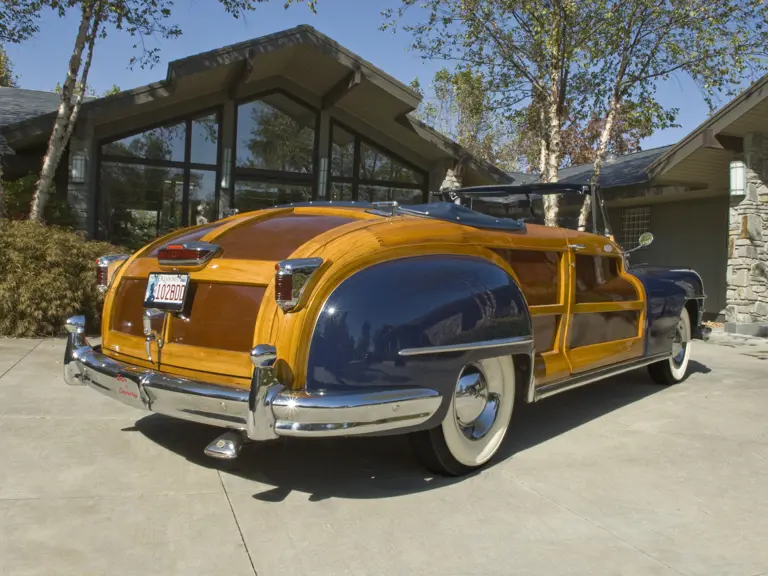
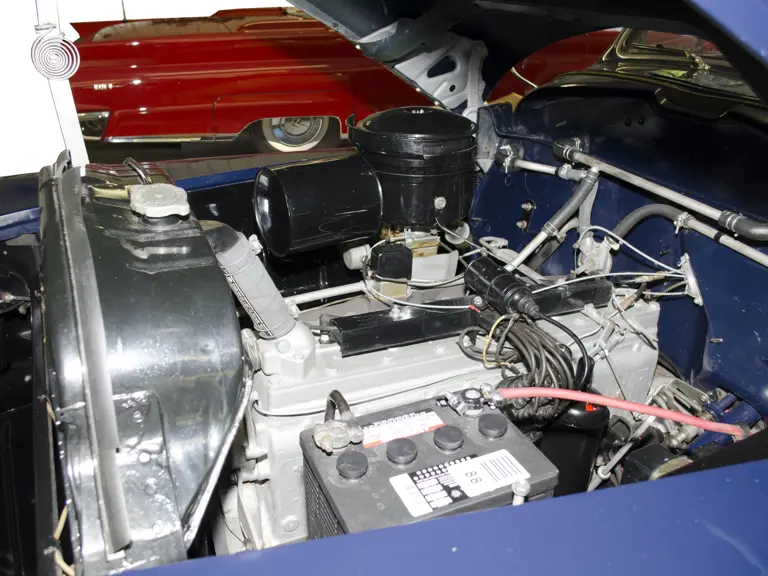
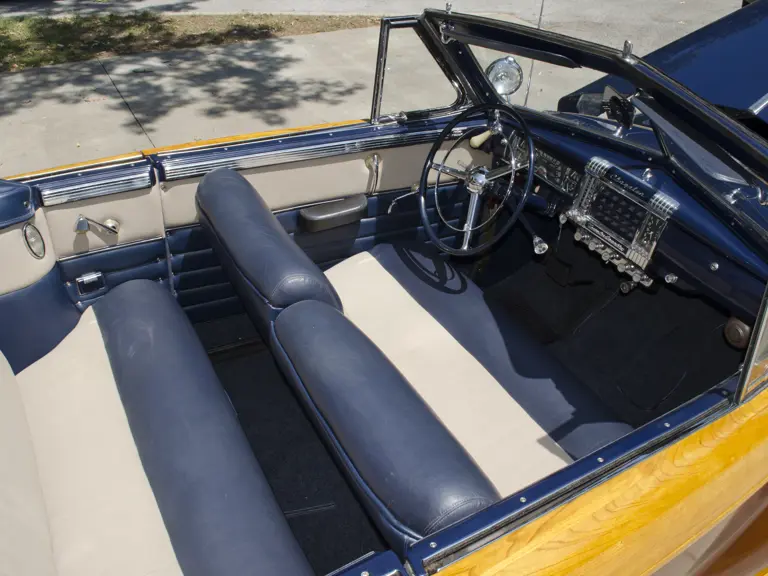
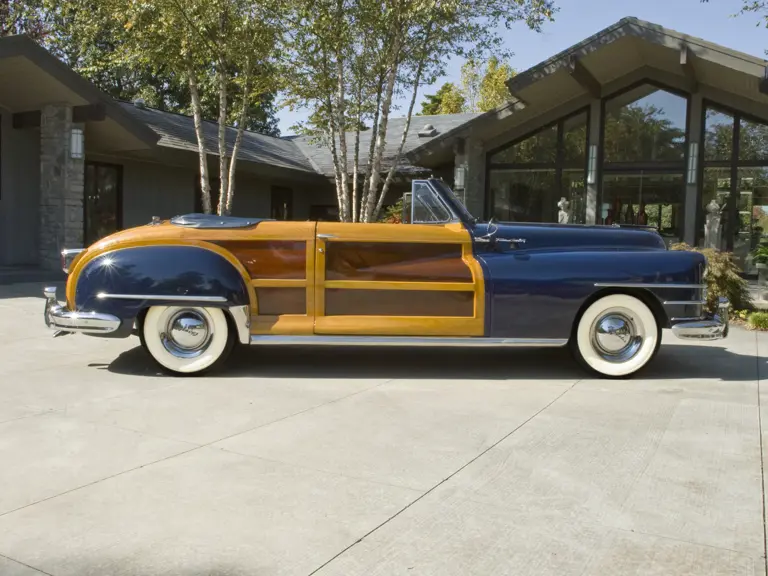
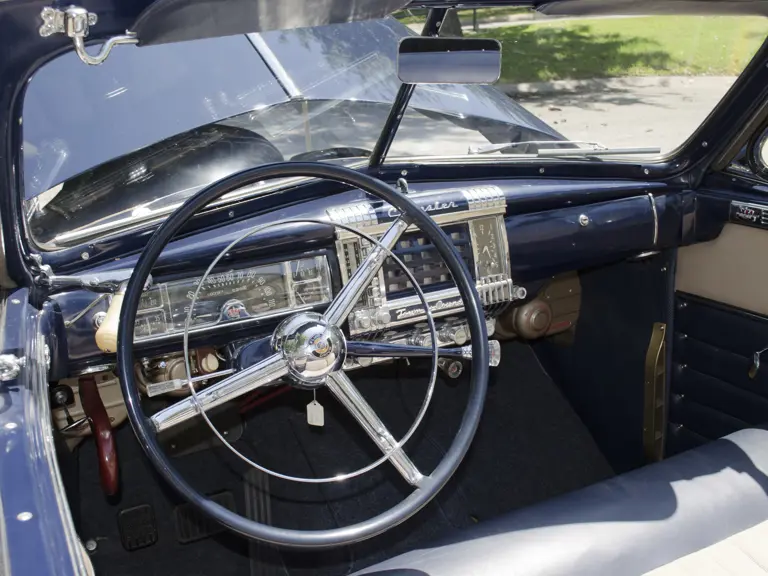
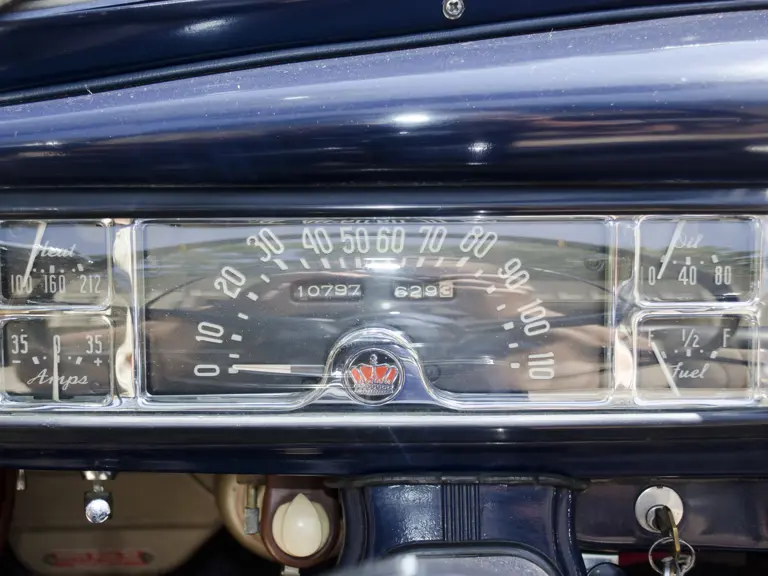
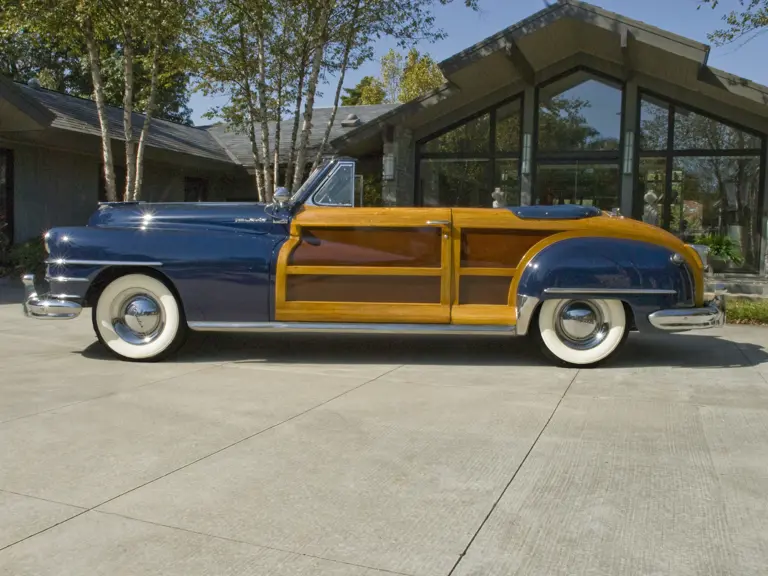
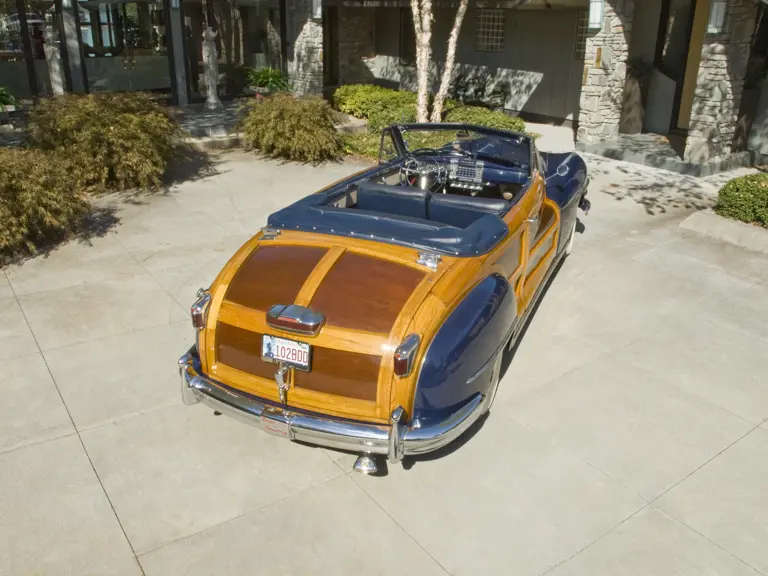
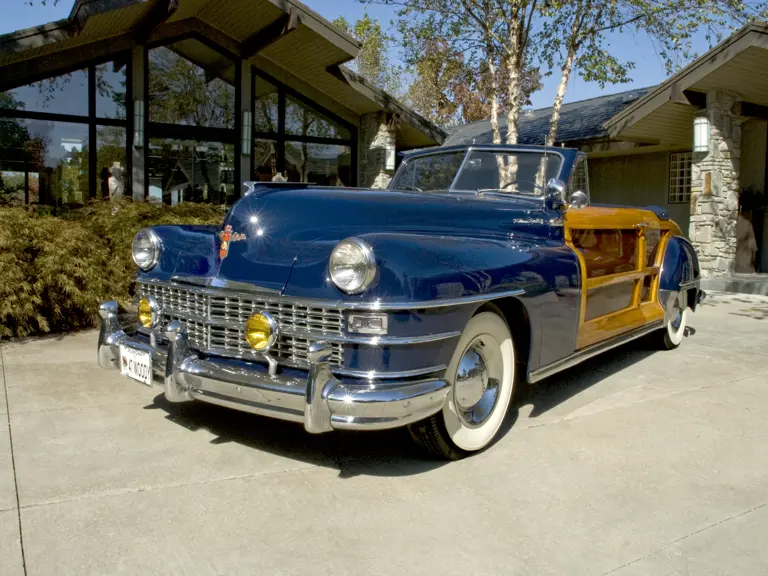
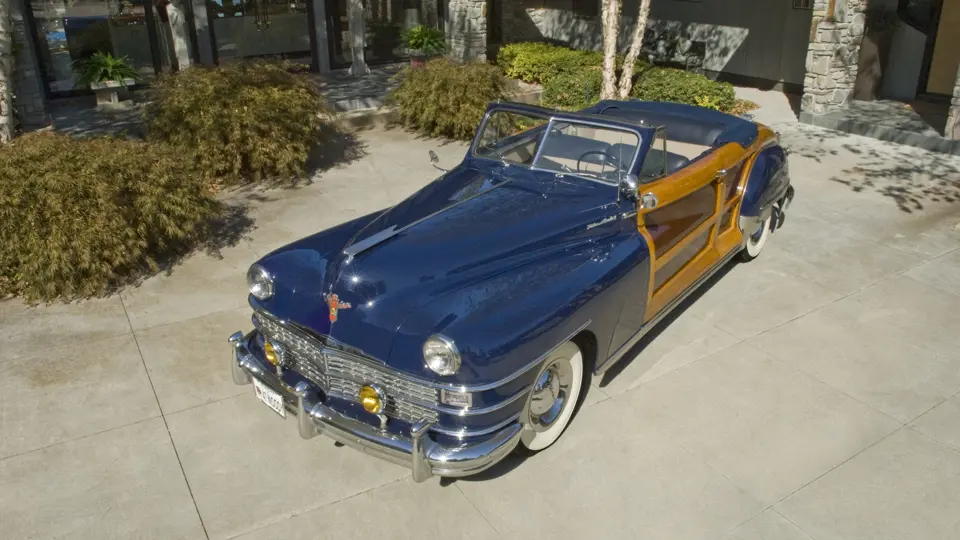
 | Phoenix, Arizona
| Phoenix, Arizona
